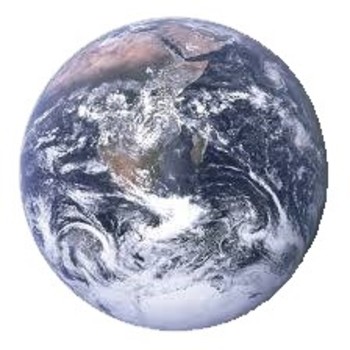How do you write the equation given (-6,7); parallel to 3x + 7y = 3?
2 Answers
Explanation:
We take the line above in the form
We know that any parallel is
We choose
or
Explanation:
Change
gradient,
Two parallel lines would have the same gradient, in this case gradient of
You can choose to use gradient formula
Gradient,
or general formula for straight line
I would first be attempting it using gradient formula
replace
in this case, you have only 1 point given, if there is more, the x and y coordinate must be from the same point.
rearrange
in case you don't like fractions, multiply whole equation by 7
Using general formula
replace
in this case, you have only 1 point given, if there is more, the x and y coordinate must be from the same point.
solve for c
substitute
Both equation for straight line you get are the same, depending on which you prefer.


